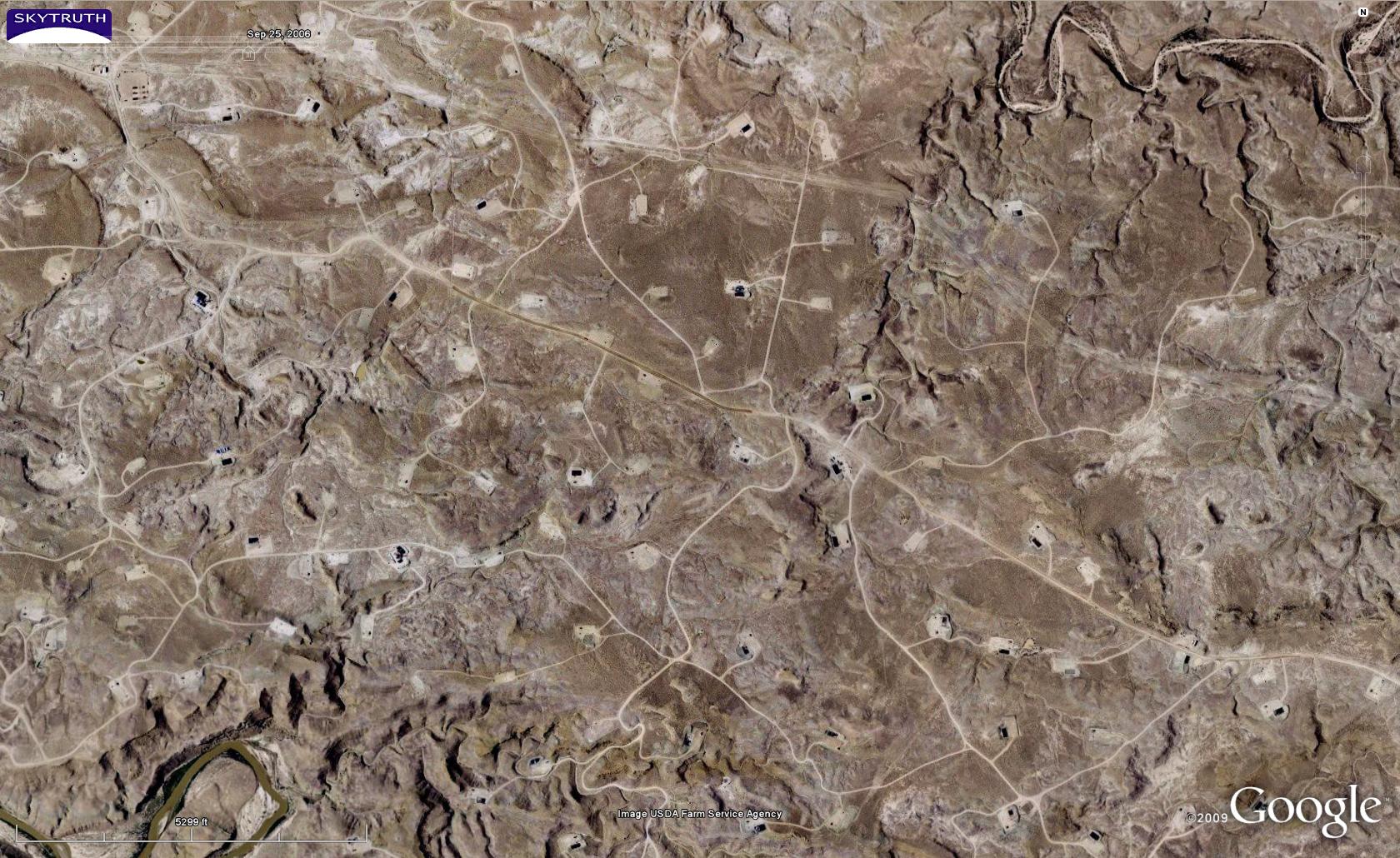Un-Fracking Believable: Smog in the Rural West
The people living in the Uinta Basin in eastern Utah are the unwitting participants in a massive scientific experiment whereby they're exposed to unhealthy levels of smog pollution.

This page was published 11 years ago. Find the latest on Earthjustice’s work.
The people living in the Uinta Basin in eastern Utah are the unwitting participants in a massive scientific experiment. What happens when you put more than 11,000 oil and gas wells in a geologic basin and then seal off the air for days or weeks on end? And the initial results are alarming—smog pollution that exceeds the federal standard set to protect public health by a whopping 89 percent.
During wintertime inversions, when cold air is trapped near the ground by warm air above, the Uinta Basin suffers from a thick blanket of smog that rivals Los Angeles on a bad day. In its recent State of the Air Report, the American Lung Association gave Uintah County an “F” for ozone pollution, the key ingredient of smog. Scientists have compared the effects of ozone pollution to getting a sunburn on your lungs. It is most harmful to children, seniors, and people with heart and lung problems.
In the Uinta Basin, fracking is the primary culprit. A recent study shows that oil and gas development in the Uinta Basin is responsible for smog-forming emissions (volatile organic compounds) that are equivalent to the amount coming out of the tailpipe of 100 million cars and trucks.
The EPA, the state of Utah, and the energy companies are spending millions to study the problem. The Utah Department of Health is also investigating after a local midwife raised concerns about a possible increase in infant death rates.
But studying this problem is not enough to protect people living and working in the Uinta Basin. EPA must take the steps necessary to ensure that the air is clean. In 2012, the EPA refused to designate the Uinta Basin as a “nonattainment area” for ozone, which would trigger the state’s obligation to develop a clean-up plan under the Clean Air Act. On October 21, 2014, Earthjustice went to federal court in Washington, D.C., on behalf of Utah Physicians for a Healthy Environment, WildEarth Guardians and Southern Utah Wilderness Alliance, to argue that it is time for the EPA to stop dragging its feet and start protecting public health. Given the ongoing oil and gas boom in the Uinta Basin, there is no time to waste.